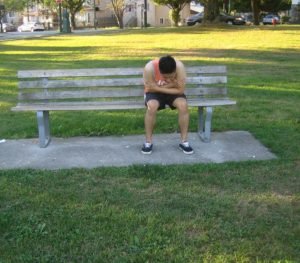Prickly heat or miliaria most often develops among infants whose sweat glands are easily blocked, but can also develop among older children and adults. Always bear in mind that prickly heat develops once the sweat glands that cool the skin rupture from being clogged up and the sweat leaks into the tissues, resulting to a rash. The two forms of miliaria that occur frequently include miliaria crystalline and miliaria rubra. There are simple remedies that are used to manage prickly heat effectively without requiring medical care, but occasionally a secondary infection or severe discomfort might require medical care.
Cooling measures
Cooling the affected area can effectively manage prickly heat. Since friction from tight clothing can worsen the symptoms, it is recommended to stick with loose-fitting clothes that breathe and does not hold heat to help minimize the rash. Cotton or other breathable fabrics must be used as well.
Since skin folds, chest, upper back and the forehead are exposed to friction, they are the areas where prickly heat develops. Special care must be taken to avoid using any ill-fitting clothes and non-breathable fabrics in these areas.
Other measures that can be used include lukewarm baths for small infants that include baking soda or oatmeal for older children and adults suffering from severe itchiness. The application of a cool compress on the affected area, staying in an air-conditioned rom or close to a fan can help minimize the discomfort and promote healing of the lesions.
Skin applications

You can apply antiperspirants or powder on the skin to help dry up the surface and promote with the healing of the prickly heat rashes. Lotions that reduce the itchiness such as calamine lotion can provide a beneficial effect in some cases. In addition, the use of salicylic acid pads work by unclogging the pores.
Antihistamines
Oral antihistamines such as diphenhydramine can help minimize the itchy, prickly sensations as well as cause drowsiness that can help the individual sleep. Take note that antihistamines for children over 12 months old are readily available in liquid form. Just remember though that children younger than 12 months must not be given antihistamines unless instructed by the doctor.
Prescription medications
Prescription medications can also help improve prickly heat or minimize discomfort in some cases. Corticosteroid creams help minimize the inflammation once applied on the affected area.
In case secondary infection develops due to open blisters or from scratching, antibiotic creams can be used to prevent the skin infection from affecting the deeper tissues.
When prickly heat develops, the appropriate measures must be carried out in order to minimize the discomfort experienced by the individual.
